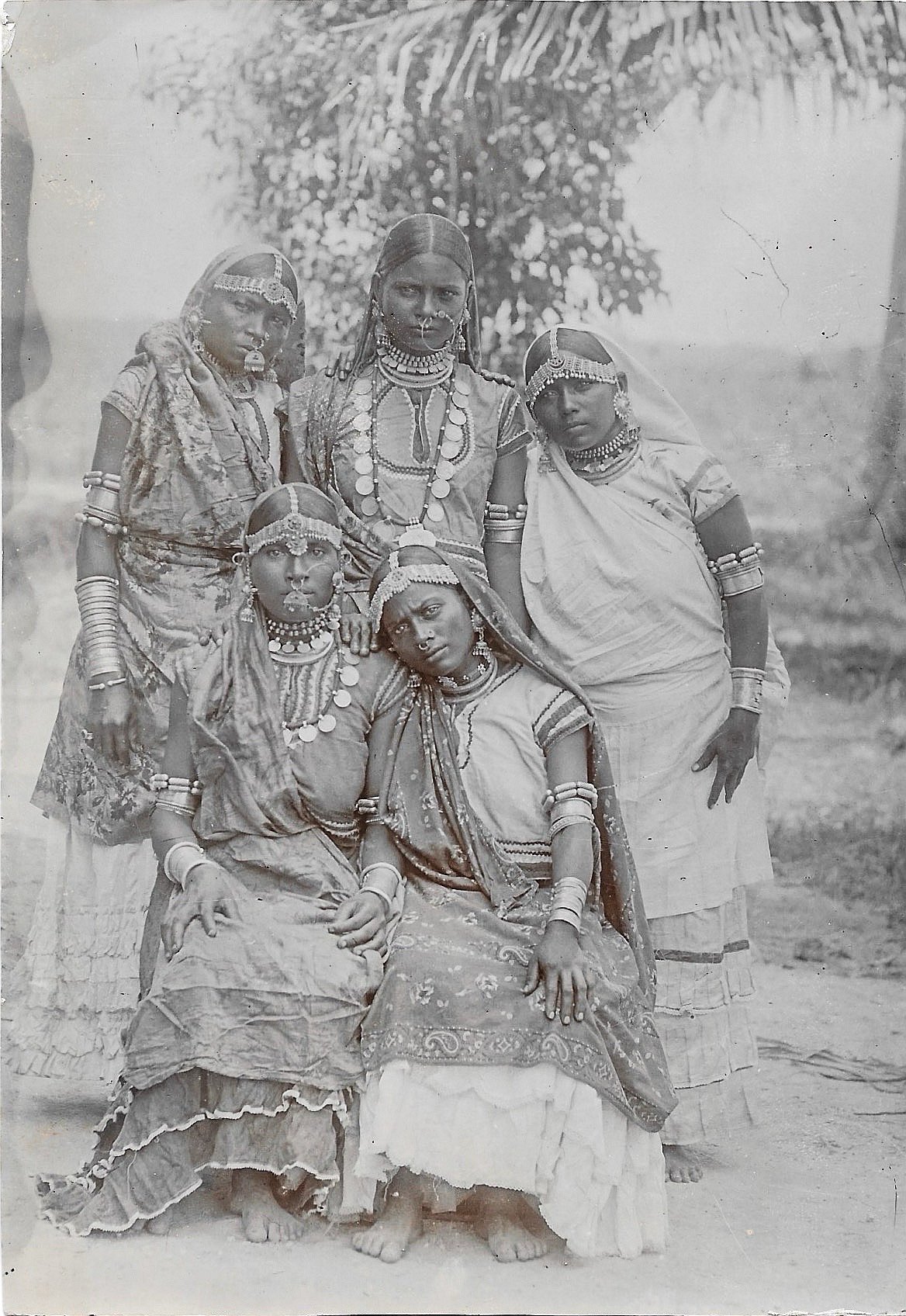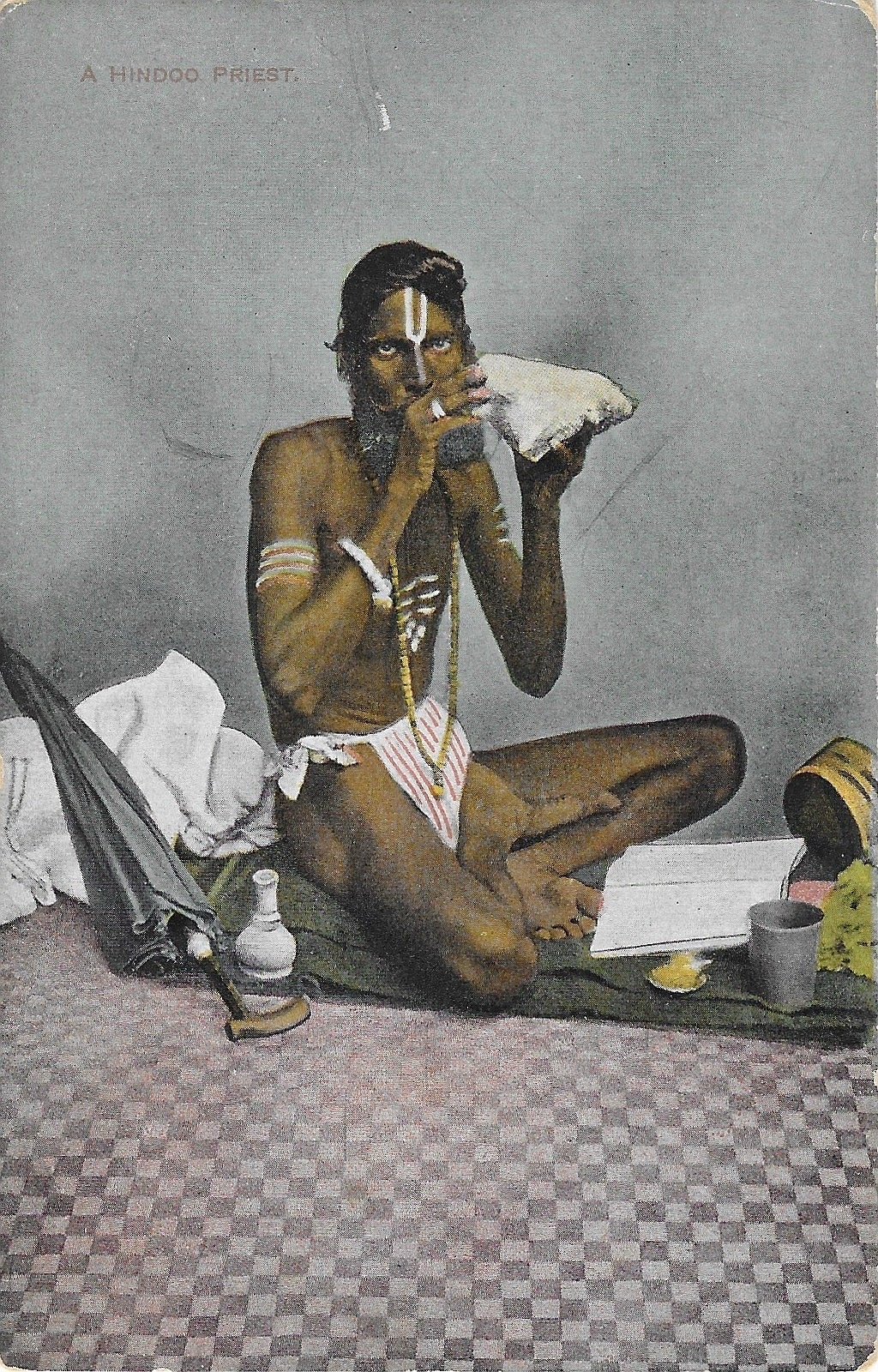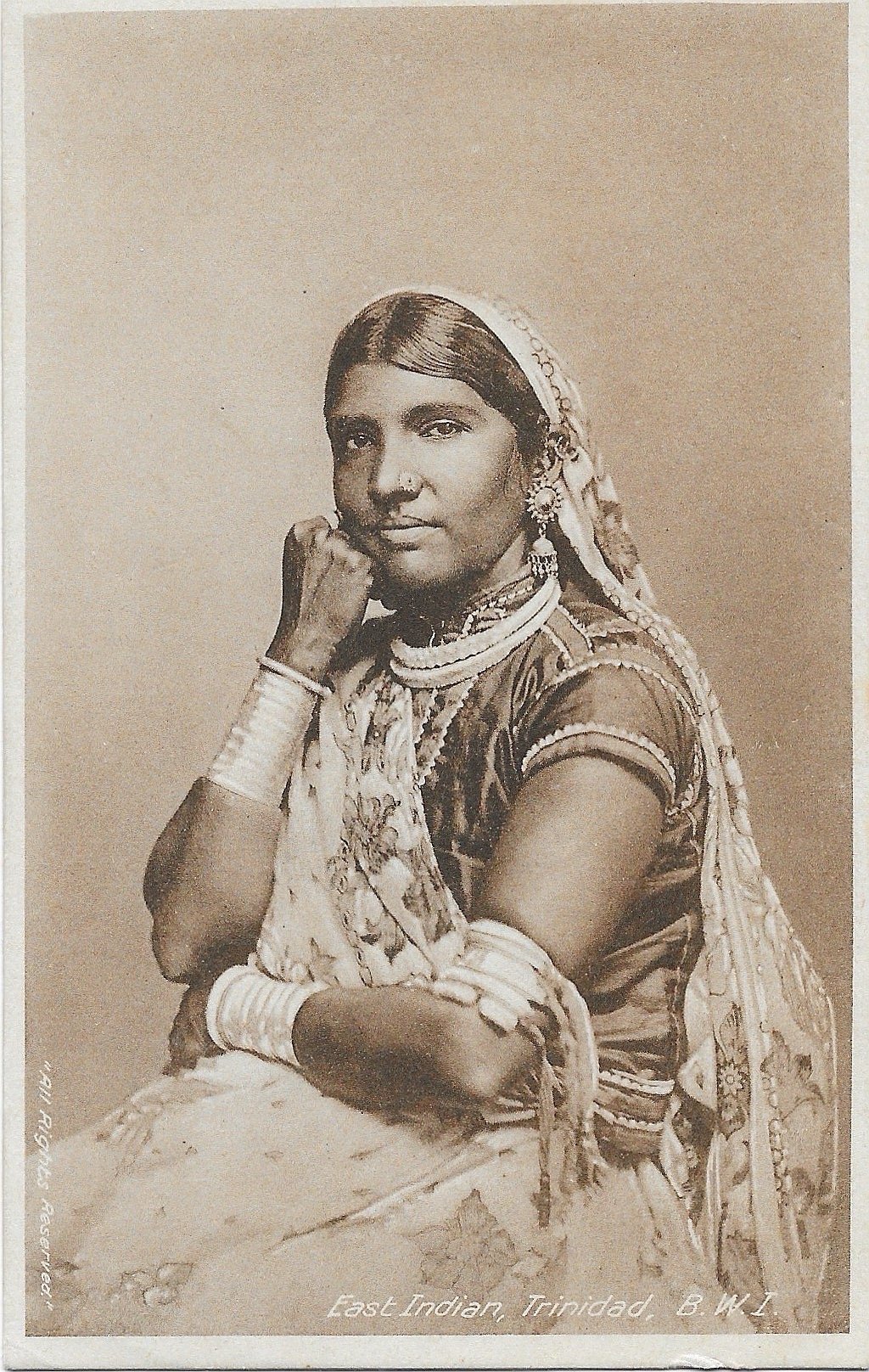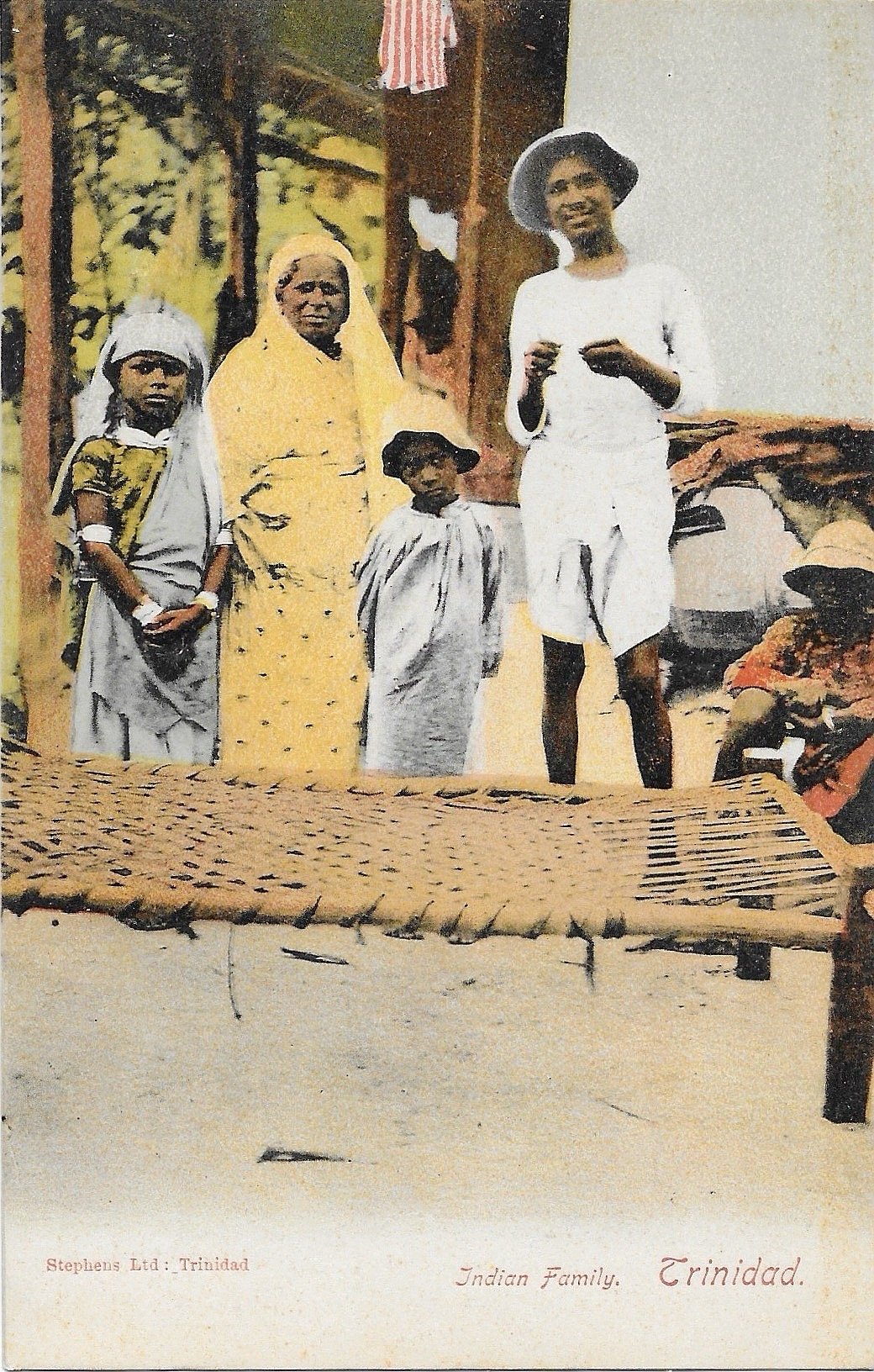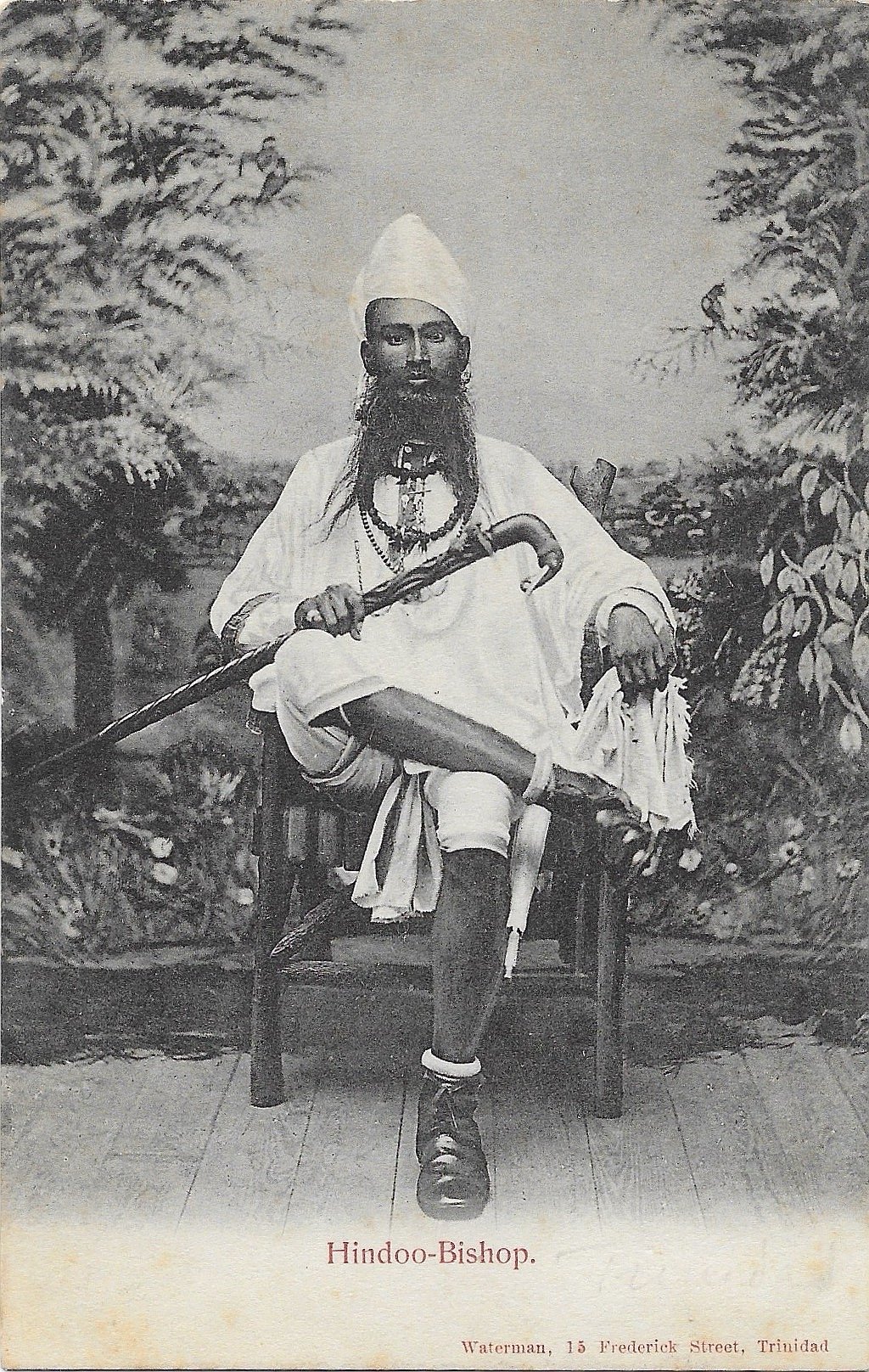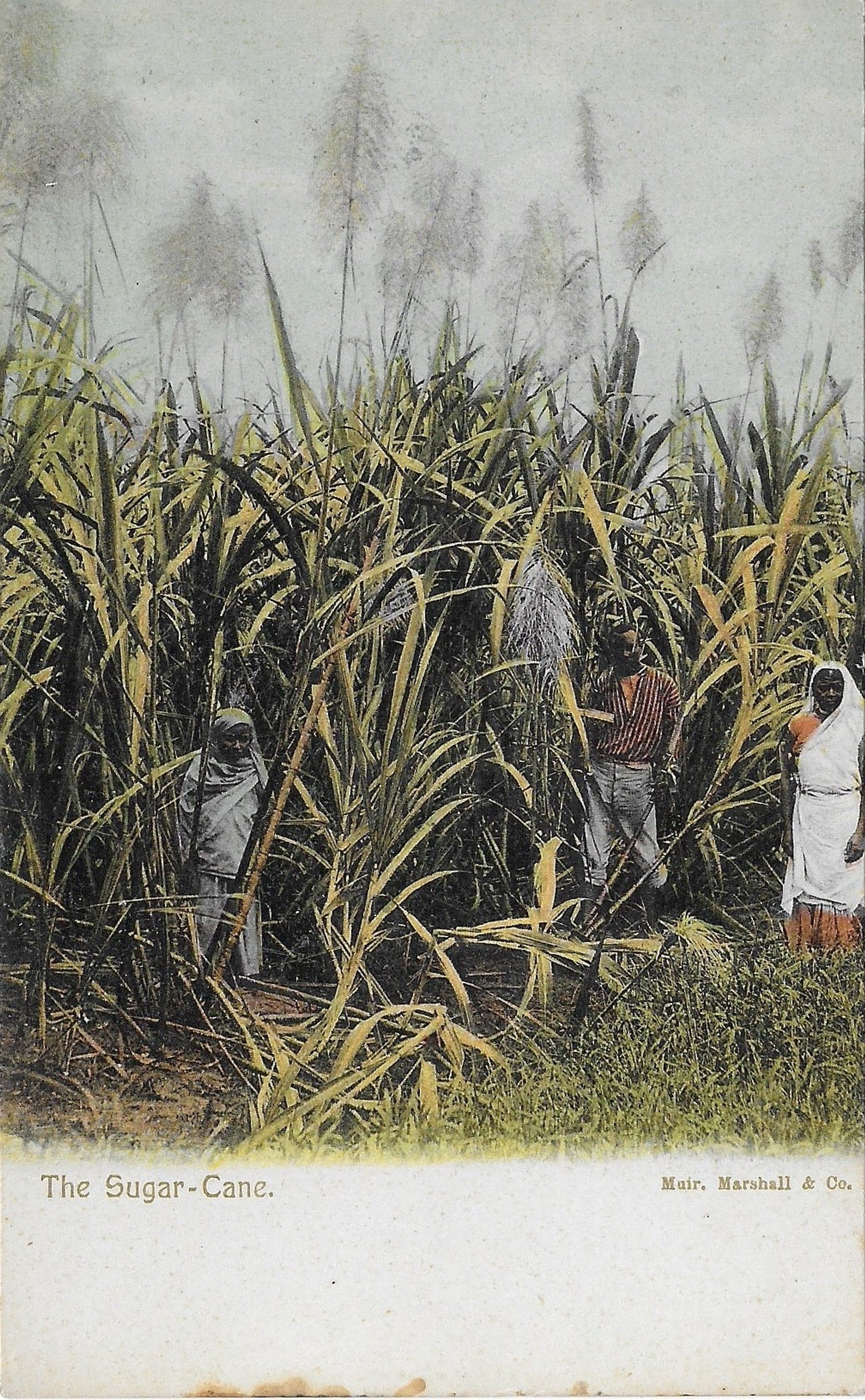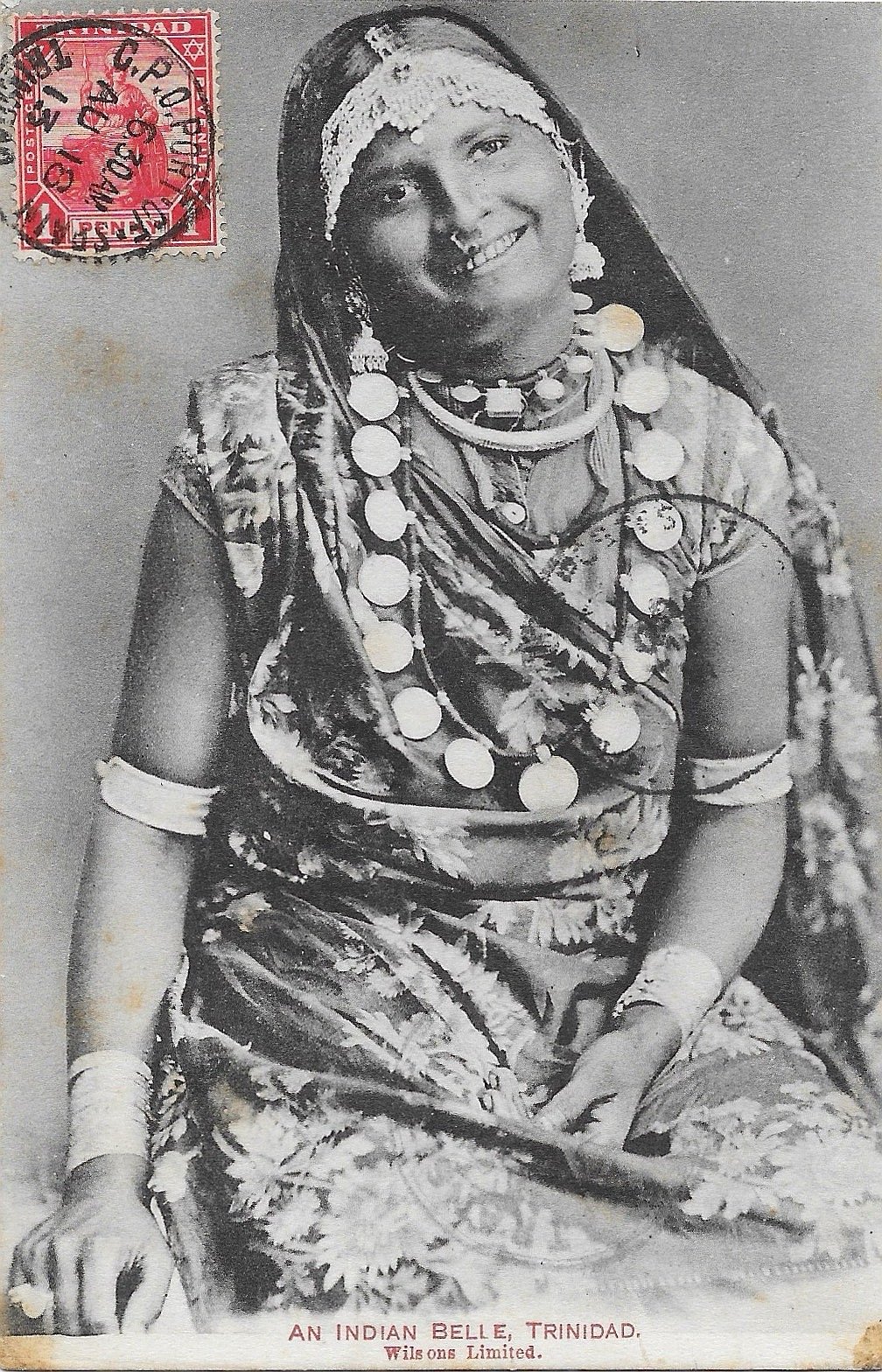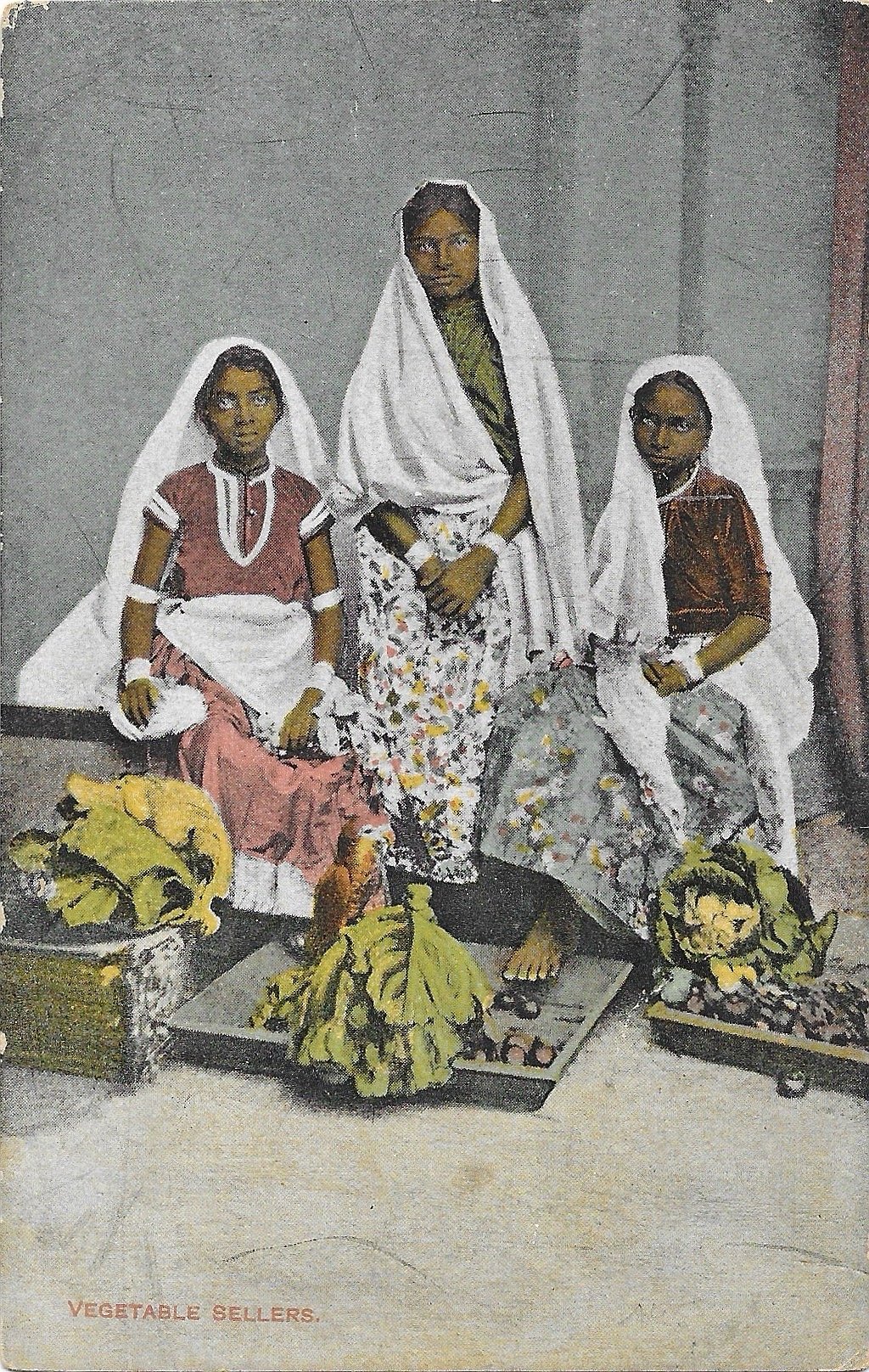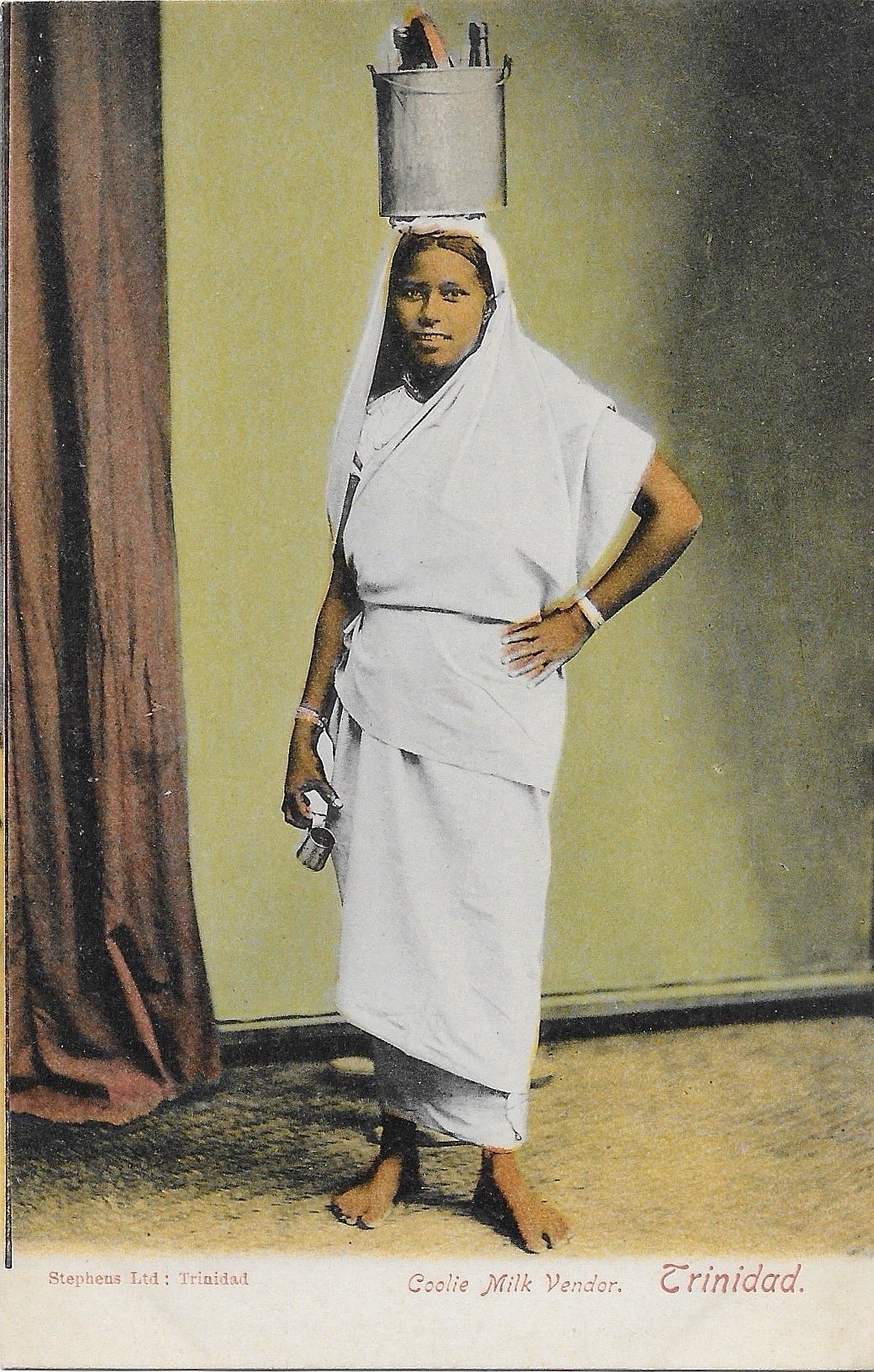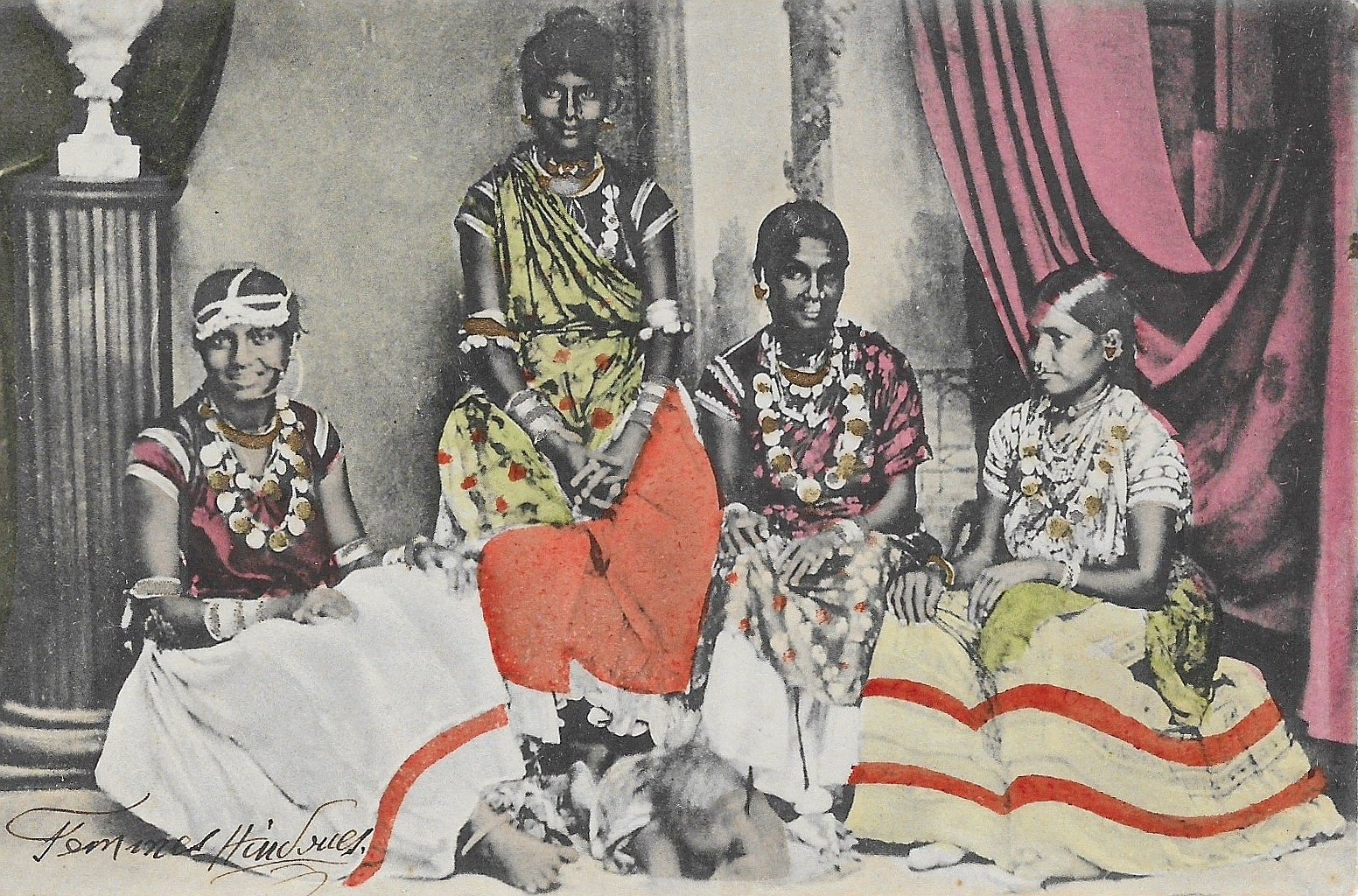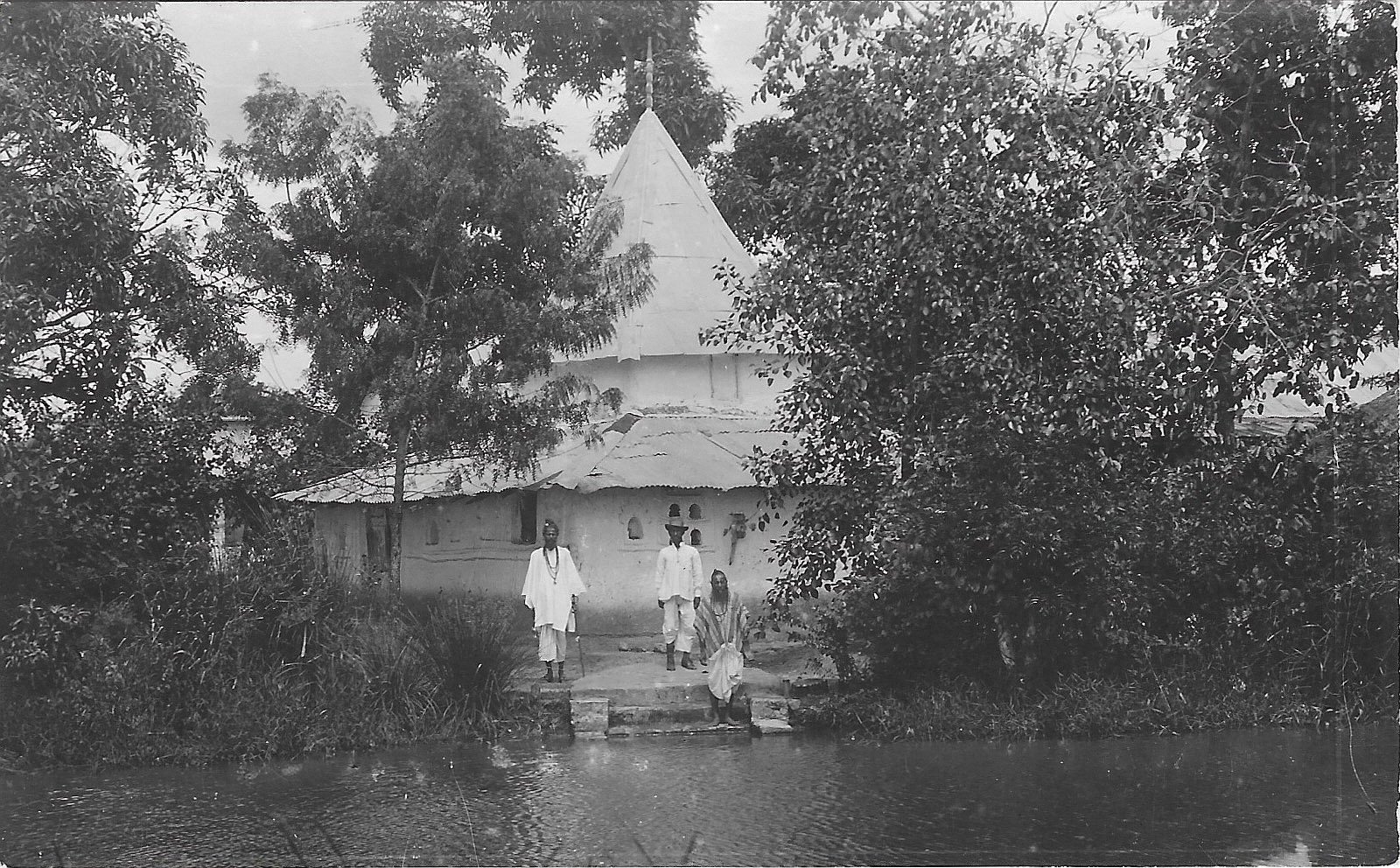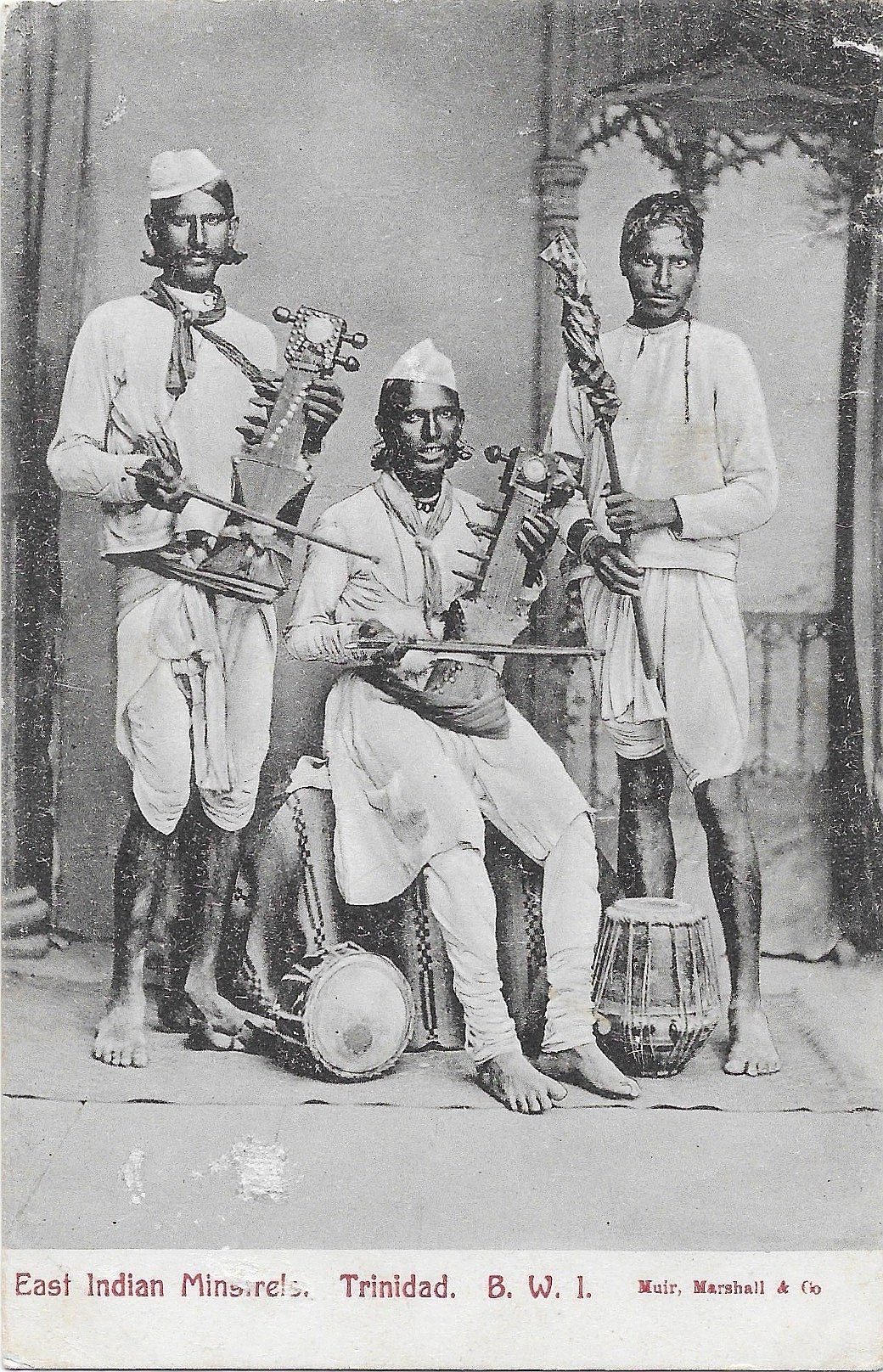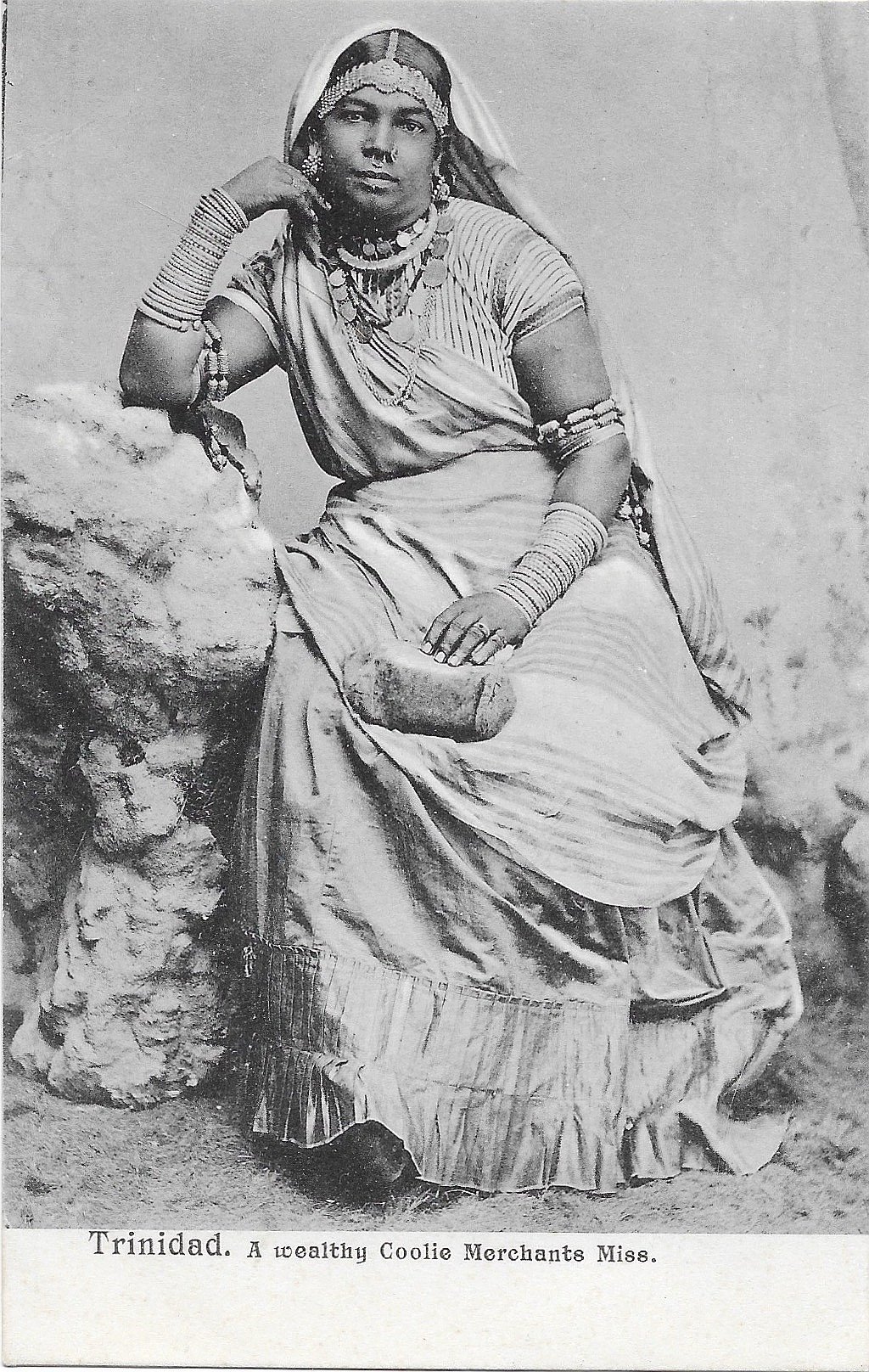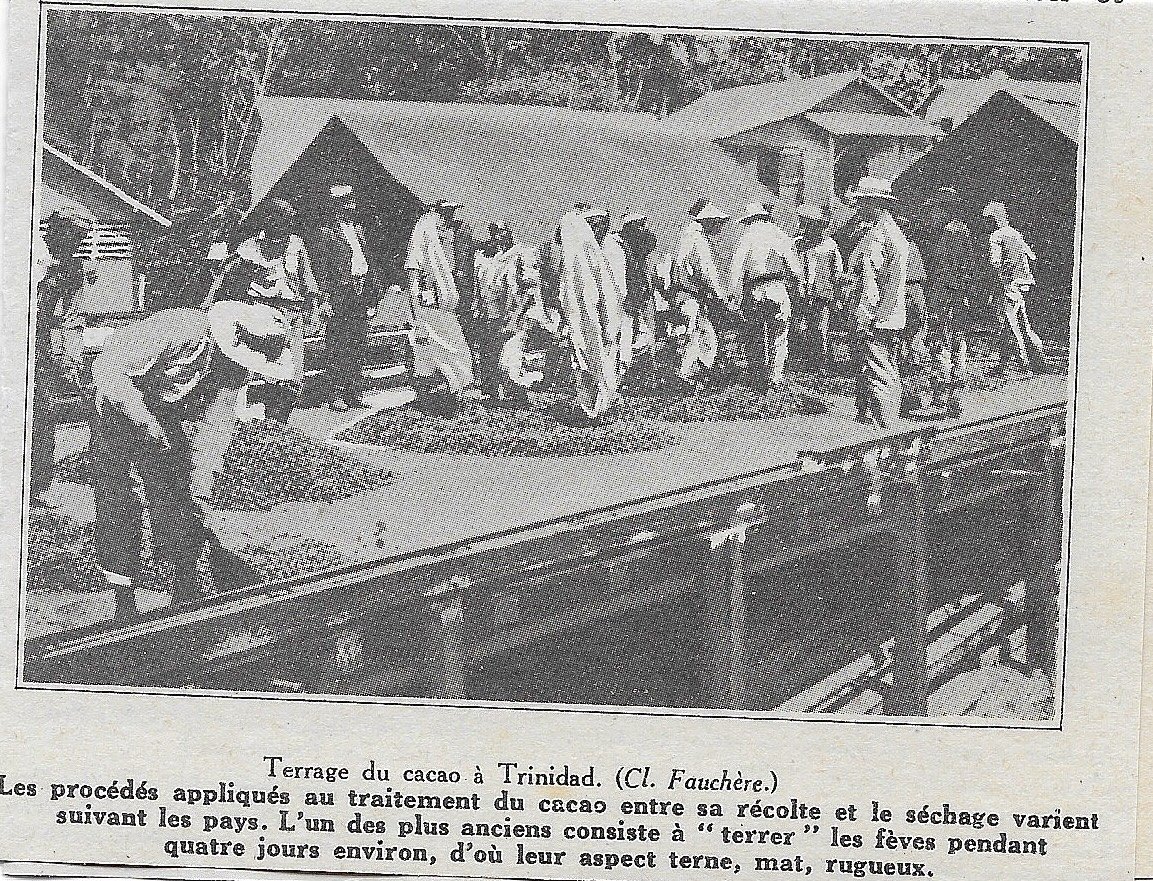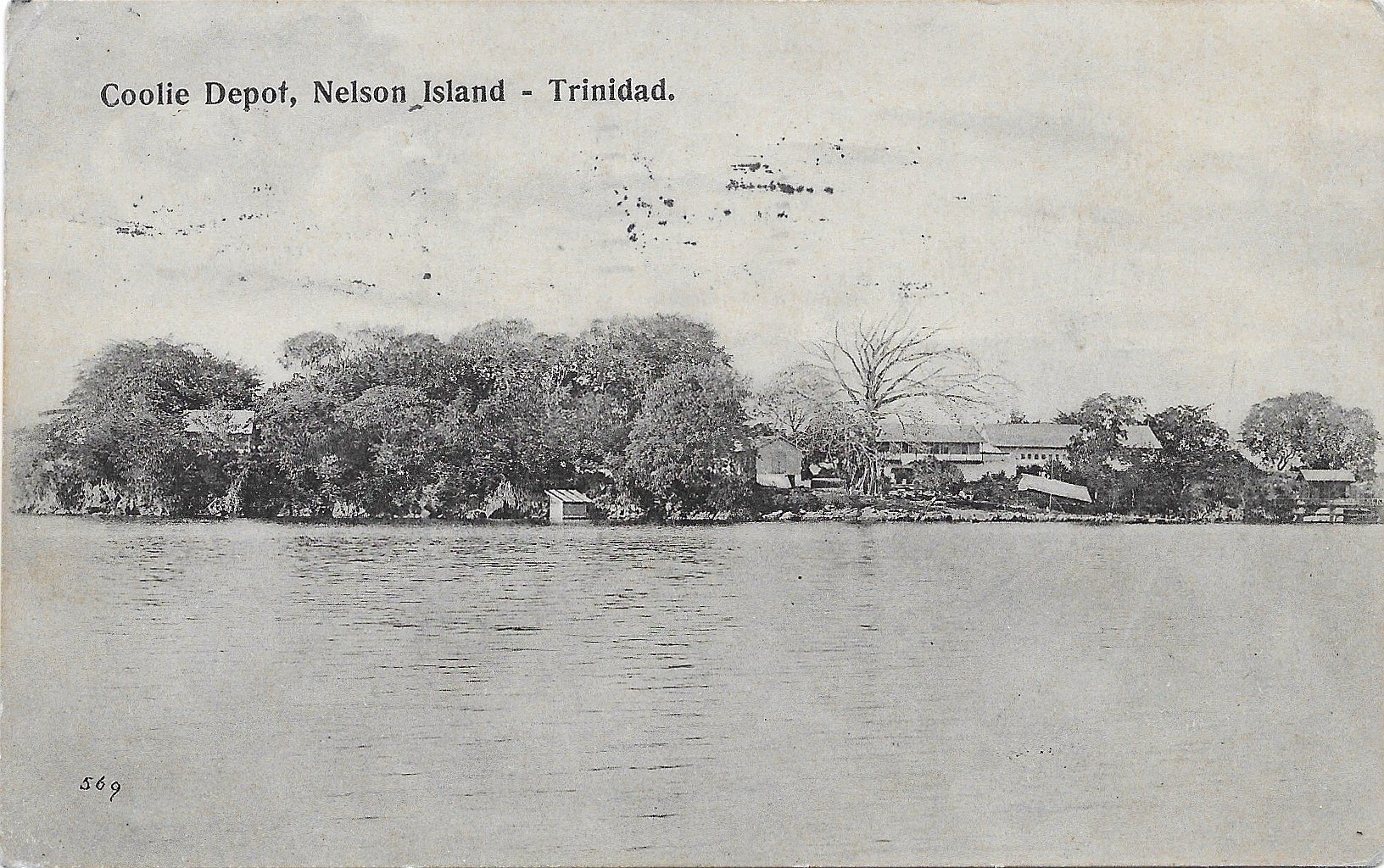It was on May 30th, 1845 that the first ship arrived in Trinidad, docking at the Port of Spain Harbour. The ship, named the Fatel Rozak, left Calcutta with 225 passengers onboard, of which only 22 of these passengers were women. The journey lasted 103 days and extended over 14,000 miles of sea.
From 1866 until the abolishment of the indentured labour system, Nelson Island was used as a landing, immigration, and quarantine station for Indian indentured immigrants. Over 70 years, 147,596 Indians were transported to Trinidad, contracted to work 5-10 years on sugar, cocoa and coconut plantations. In their contracts, they were promised a free return home, however, 75% stayed and settled in the New World colony.
Those who settled continued their Hindu and Islamic traditions and celebrations and shaped the cuisine and culture of the island. Half of Trinidad and Tobago’s population is now composed of Indian descendants, and in recognition of this, Indian Arrival was proclaimed a national holiday in 1994.
The visual documentation of the earliest Indo-Craibbeans partly exists in the form of colonial postcards. French photographer Felix Morin set up a photography studio in 1893 in Port of Spain, capturing mostly female indentured servants, who were referred to by the derogatory term ‘coolie women.’ The photographs were highly stylised in terms of dress and jewellery, glamorising the bleak realities of these women to appease the colonial gaze. Postcards featuring these Indo-Caribbean beauties were then sold as souvenirs.
